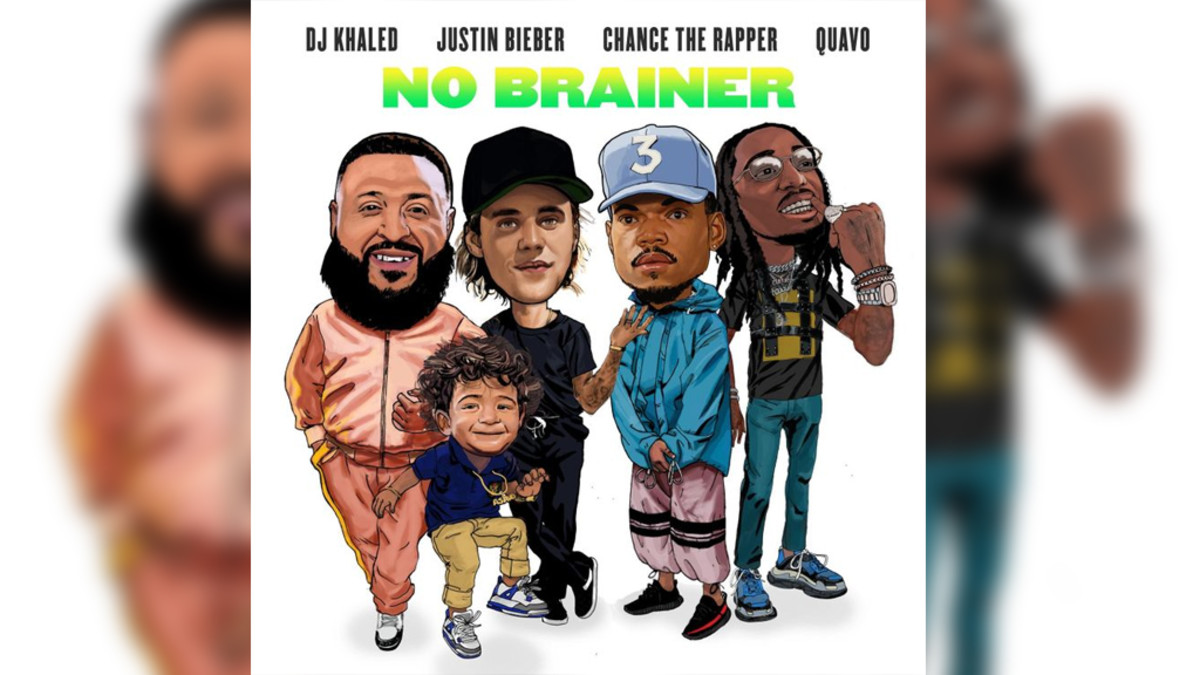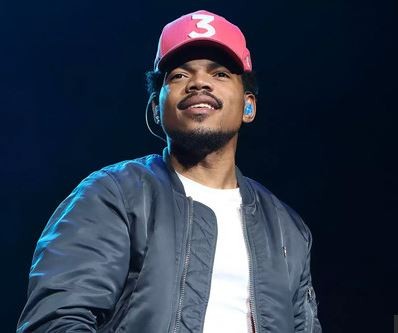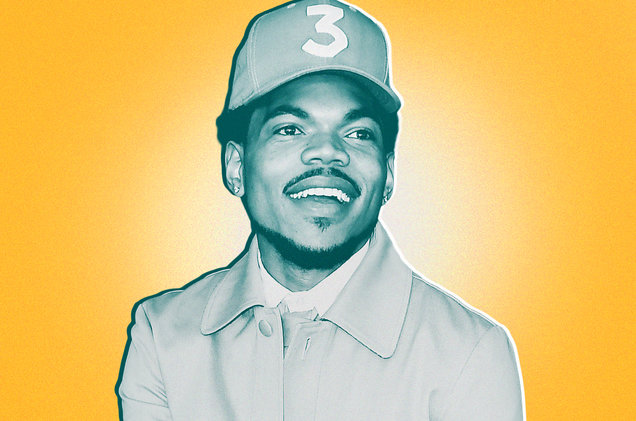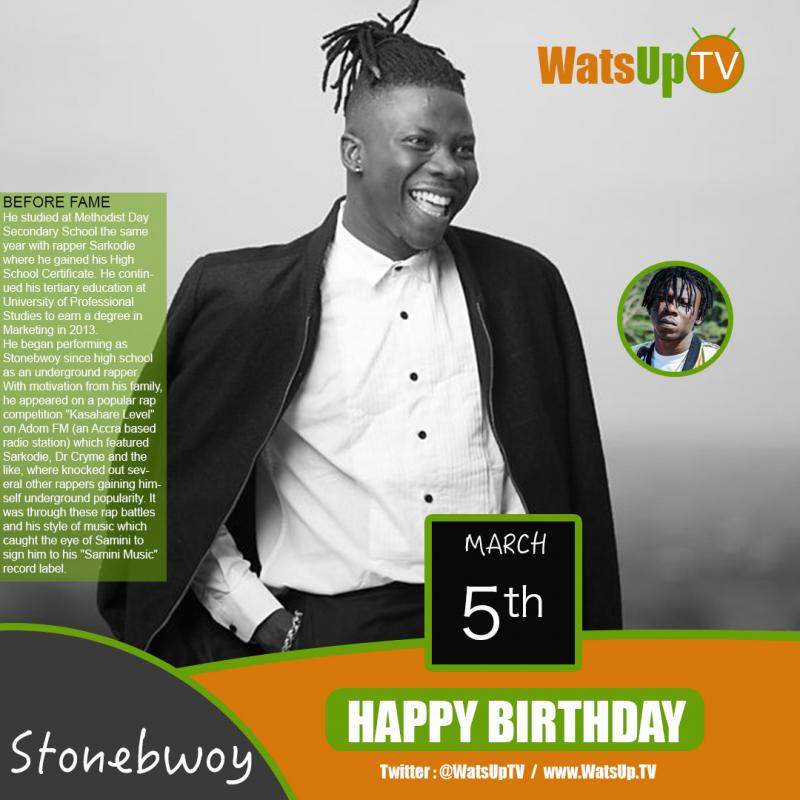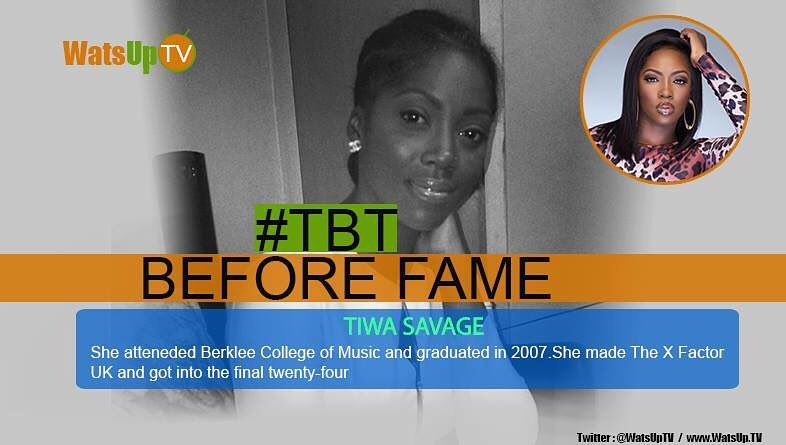
The transition of Olamide the rapper into a pop star
Olamide is transitioning from rap royalty to pop star greatness and it is fair to say, he is making the right move.
Over the course of the last few weeks, Olamide has embarked on a release spree, putting out new songs in what we expect will lead to yet another body of work by the end of the year.
Songs like 'Motigbana', 'Criteria' and 'Logba Logba' are tailor-made to immediately make their way to radio playlists or the clubs.
But unlike the anticipation that is built up when a 'rapper' is set to release a new project, everyone is finally accepting the reality that the rapper they saw looking hungry, spitting aggressively and full of energy on his debut album ''Rapsodi'' is a complete departure from the one we listened to on ''Lagos Na Wa'' and his more recent efforts.
The signs are clearer than before, the evolution is complete, Olamide the rapper you know is gone, embrace and celebrate Olamide the pop star.
Let's be clear, by every standard, Olamide is [was] a good rapper, who can hold his own on any day. He has in the past delivered some of the biggest rap songs like 'Voice of the Streets', 'Ilefo Illuminati', 'Anifowoshe' and 'Ghost Mode' with Phyno.
Think of Yoruba rap, say 10 years ago and the biggest names that come into the mind of the older generation is the London based rapper, AY, but the name everyone relates with is the late Dagrin, who passed away in 2010.
After his death, Olamide has been able to elevate that style of rap to a level that many willingly associate with and has been a leader of the artform since his emergence on the scene.
When Olamide burst from the streets on Akoka in 2011, his hunger on 'Eni Duro' set him apart almost instantly. 'Eni Duro' was a gritty rap anthem that introduced us to his loud, street and aggresive style and the success of the song birthed his debut offering, ''Rapsodi'', which had other rap singles like 'Legendary Hustlers', 'Apa Ti Jabo' and 'Omo Toh Shan' created off the same template.
Initially his style was classified as 'local' or 'too street', but coming up shortly after the passing away of Dagrin, it was like a yearning had been met, we unconsciously sought a rapper to fill into that indigenous hole, so we loved the rap part to Olamide, we embraced it and we identified with him.
His rise to the top became instant, each of his studio albums becoming a commercial success.
For many years, Olamide has always had a bit of the ability to do a number of things, he could well pass as a Fuji artist if he chooses not to be spitting bars or singing.
Then slowly but surely, the pop scene started to come alive, Wizkid and Davido were on the come up and the likes of Banky W was back in the country winning the heart of the ladies, while Olamide was playing catch-up.
Olamide focused on being the hardest working artist on the scene, year after year, he released an album and every album gave us a major single, his second album, ''YBNL'' in 2012 saw the hard rapper begin to soften as it had more songs with him exploring his vocals with songs like 'Jale' and 'Stupid Love' then in 2013, 'Durosoke' happened.
The 17th track off his third studio album, ''Baddest Guy Ever Liveth'' was a game changer as even though he actually rapped, his performance on the hook with the infusion of the local accent was what won him the most appeal and exposed him to a wider fanbase.
This trend continued, his songs were getting more watered down and melody, rhythm and dance took the place of lyrics and bars, with 'Shakiti Bobo' and 'Lagos Boys' providing important moments in his evolution.
Almost a year ago, Olamide released his seventh studio album, ''Lagos Na Wa,'' a project that fully announced the 'Wobey Sound' and it was the one project that had next to no song dedicated to rap, as Olamide sang on every single joint.
Every year, Olamide consistently delivers a hit record another, but unlike Drake or other rapper turned pop stars, who embody the singing, rapping, with the ability to pull off both very well when the need requires, it seems Olamide is forgetting how to hold his own down as a rapper and singing now comes more naturally to him.
While he will not serenade anyone with his voice or deliver any magnetic vocal prowess, he understand how to work a street anthem and having seen how successful that route has led him, he is not ready to turn back at this point.
For a number of rap lovers, they want the old Olamide back, they really need a big name on their side flying the flag of the genre, but let's be honest, Olamide's story has matured and clearly, his sound has evolved over the past few years and his most effecting songs of late have been the ones he has been singing.
Over seven solo albums and one joint album, Olamide has ruthlessly pursued fame and stardom on his own terms, and in an industry that can be ruthless and unsupporting, he probably has made the right choice, as he now sits not just on the list of top artists in the country but also pretty close to the corridors of power.
It is fitting the path he has now taken with his career has in a way helped him maintain his relevance and consistency and when you think of indigenous sounds in the Nigerian music industry, Badoo continues to control the narrative.
Over the years, he has trascended beyond just music as he now influences pop culture with signature moves like the 'Gunman pose', 'Who you epp' craze and also constantly pushing new dance moves.
He has also given the likes of Phyno and Lil Kesh an irresistible blueprint and when the transition and wider audience appeal has emboldened him enough to attempt packing out stadiums, then you really have to respect his movement.
Many suggest that perhaps if Olamide had succumbed to the demands of the fans, who wanted him to stay 'keeping it real', he may have fallen off like an Ice Prince and not have fully grown into the mega-star status that he presently holds.
Olamide is a rapper, a singer, a performer and a showman, placed in no particular order and at this point, he has earned his right to wear whatever role that he deems fit, shaping his own story and that is what power moves are about.
Source: pulse.ng







